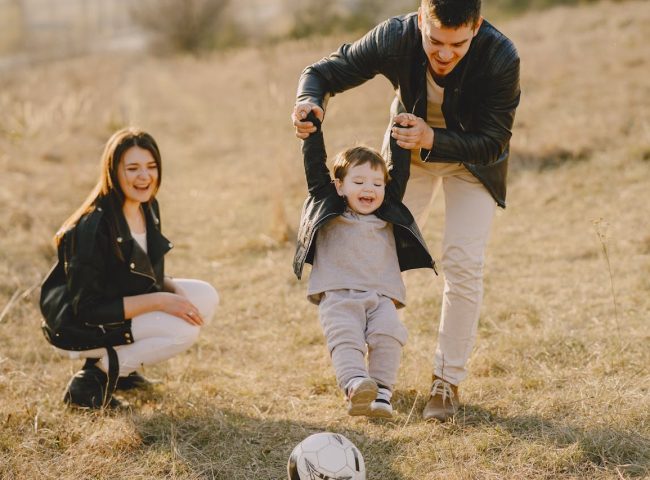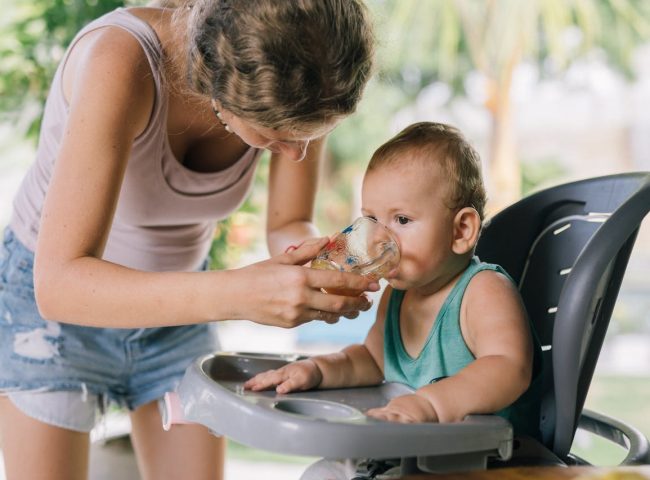Guide to prams and strollers
When it comes to nursery equipment, there are so many options available that it’s simple to become confused. However, since strollers and cradles are frequently regarded as “must-have” items, taking the time to make the best decision is worthwhile.
Safety first
The Australian Product Safety Standard will be met by a secure pram or stroller. Additionally, prams and strollers must adhere to the current Australian and New Zealand standard (AS/NZS 2088:2000) for safety, which applies to both new and used models.
Pram or stroller — which one?
The phrases “stroller” and “pram” are frequently used interchangeably. In the past, prams were only intended for younger infants who couldn’t sit upright. Older infants and toddlers who could sit up straight and in a stroller.
Currently, the majority of combined strollers and prams offer a variety of seating positions, including fully, semi-reclined, and upright.
Checklist for purchasing safe strollers and prams
Safety is the most crucial factor to take into account while selecting a product. There is a Product Safety Standard for prams and strollers in Australia, and they must include the following:
- A five-point safety harness over the shoulders, hips, and through the legs When a kid is secured in a stroller or pram one or more brake choices (parking devices), typically mounted on the wheels and handle the park-and-release device must be red, highly visible, and inaccessible to the youngster.
- Simple, prominent safety precautions and information labels
- A safety (tether) strap on the handle is crucial, especially for strollers with three wheels or joggers.
- A sturdy wheelbase and sturdy structure to ensure stability and balance for preventing the pram or stroller from tipping over
- Sun protection is crucial; ideally, it should have a mesh canopy with a UPF (Ultraviolet Protection Factor) of atleast 50.
- Rounded corners, a soft interior, and no loose or unregulated knots or loops.
Types of pram and stroller
There are many different types of designs and purposes for strollers and cradles:
- Some have a separate baby carrier that may be removed once the child is old enough.
- Options for reclining that, as the infant develops, can be converted to various sitting positions.
- A baby/toddler option, a double or triple stroller for multiples.
- Active parents favor three-wheel strollers, also known as “jogger strollers”. Be cautious that some three-wheeled versions are more likely than four-wheeled prams to topple backward and sideways, especially when turning or on rough terrain.
- Travel or “umbrella” strollers that are simple to carry and fold up.
- strollers created specifically for kids with impairments.
Other factors to think about while purchasing a pram
- How easy it is to maneuver, push, and use the stroller. Keep in mind that the pram will feel different as your kid becomes heavier.
- Options for folding the stroller with one hand and loading it into your car should be practiced before making a decision.
- Easy to clean.
- Comfort is key because your child will probably spend a lot of time in the stroller, so it’s crucial that they feel safe and at ease.
Used strollers
Some parents decide to purchase a secondhand or pre-owned stroller. If you do, make sure the pram shows no symptoms of deterioration that could compromise its strength or integrity.
The tether strap, brakes, and harnesses must all function properly. Additionally, make sure that all information and safety labels are still there and readable.
Guidelines for using a pram or stroller safely
- Never leave your child unattended in a stroller or pushchair. They cannot replace a secure cot.
- Make it a practice to constantly restrict your youngster in the pram when you leave the house. By the time your child can roll over and sit up, you will be accustomed to fastening them.
- To connect the stroller to your wrist, use the tether strap. It’s crucial to secure the stroller to yourself when you’re moving quickly or slowly, even on flat terrain.
- Not every three-wheeled jogger stroller is designed to be used for jogging or running. Make sure you locate a stroller that is intended for running.
- When you remove your hands off the wheel, apply the brakes.
- When a child is being hoisted out of the stroller or pram, avoid placing heavy bags on the handles as this may cause tipping. Put the bags on the tray that is under the stroller.
- As you raise your baby out of the pram and position them in it, think about your own posture. Do not twist or stand “side on.”
- When your baby is in the pram, avoid covering them with a blanket or wrap. The temperature within a pram canopy can be up to 15 degrees hotter than the outside, especially on warm days. Additionally reducing airflow and increasing humidity inside a pram are waterproof plastic rain coverings. Make sure there is enough airflow.







